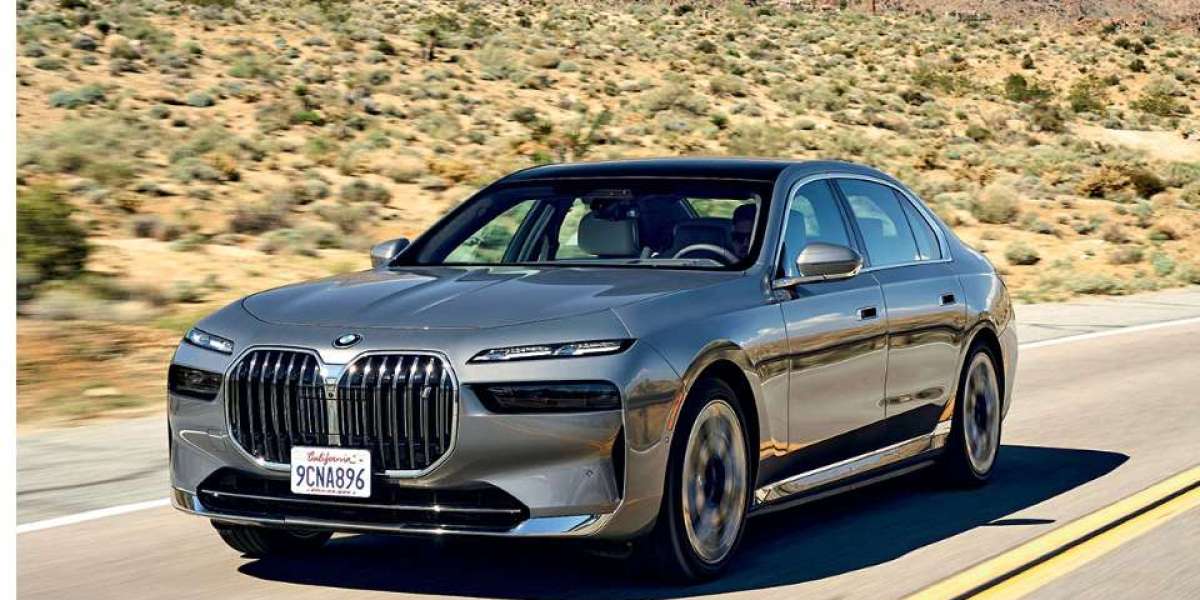The solution? Proper sound deadening for cars—a technology that doesn’t just make your ride quieter but also protects your audio investment for the long haul. Let’s break down why reducing noise is just as important as upgrading your gear, and how you can approach it like the pros.
The True Cost of Cabin Noise
You can spend thousands on amplifiers, subwoofers, and component speakers. But if your cabin is full of rattles and vibration, your investment is compromised. Cabin noise doesn’t just make listening less enjoyable—it directly impacts clarity, imaging, and perceived bass depth.
How noise interferes with your audio system:
Masking – Constant low-frequency road noise hides the subtle details in your music, like guitar harmonics or background synth layers.
Distortion temptation – When volume is turned up to overpower noise, speakers and amps work harder, increasing distortion and wear.
Listener fatigue – High noise levels lead to ear fatigue faster, making even the most premium system exhausting to listen to over time.
This is why pro installers treat noise control as part of the audio upgrade process—not an afterthought.
Why Sound Deadening is a Game Changer
Sound deadening for cars works on a simple principle: reduce vibration, block external noise, and create a more stable listening environment. The quieter your cabin, the more your system’s tonal accuracy and dynamic range shine through.
The benefits go beyond music:
Luxury feel – A silent cabin makes even a modest car feel premium.
Better phone calls – Clearer conversations on hands-free systems.
Less fatigue – Long drives feel less draining when constant noise is removed.
Think of it like putting your speakers inside a recording studio instead of on a noisy street corner.
Types of Sound Deadening Materials
Not all products are created equal. Professional installs typically combine multiple types of materials for maximum effect.
Butyl Mats
Thick, adhesive sheets that stick to metal panels.
Absorb vibration and reduce resonances.
Ideal for doors, floor pans, and trunk areas.
Closed-Cell Foam
Blocks airborne noise and prevents panel buzz.
Works great behind door panels or under carpet.
Mass Loaded Vinyl (MLV)
Heavy barrier that stops sound from traveling between compartments.
Common in high-end luxury builds.
Spray-On Sound Deadener
Reaches tricky spots like wheel wells.
Adds an extra layer of vibration control.
Each plays a different role—together, they create the kind of silence that lets your audio breathe.
Installation Zones That Matter Most
If you’re serious about preserving audio clarity, certain areas make a bigger difference than others.
Doors – Directly behind your speakers, preventing back-wave interference.
Floor & Firewall – Blocks engine, tire, and road noise from entering the cabin.
Roof – Reduces rain and wind impact.
Trunk & Rear Deck – Especially important for subwoofer clarity.
Wheel Wells – Significant source of road noise in most vehicles.
A full treatment means addressing all these points, but even starting with doors and floors can deliver a dramatic improvement.
The Professional Approach
Pro installers don’t just stick material anywhere—it’s a measured process. They use sound meters to identify problem frequencies, then layer materials accordingly. They also ensure added weight is minimal and application doesn’t interfere with moving parts or drainage.
A skilled installer will:
Disassemble panels without damaging them.
Clean and prep surfaces for maximum adhesion.
Layer materials strategically, not wastefully.
Reassemble panels so no new rattles are introduced.
It’s this attention to detail that turns an average install into a high-end result.
Protecting Your Investment
A premium audio system isn’t cheap. Between amps, processors, and speakers, you can easily exceed the value of your car’s original stereo. By investing in sound deadening for cars, you’re effectively adding a protective layer around that investment.
You’re not just making your ride quieter—you’re ensuring every dollar spent on audio delivers its full potential, mile after mile.
DIY vs. Professional Installation
If you’re handy, DIY sound deadening is possible. But it’s labor-intensive, requires panel removal, and demands patience to apply materials correctly. Mistakes can lead to trapped moisture or poor adhesion, which defeats the purpose.
Professionals bring experience, specialized tools, and a methodical approach—plus, they can often complete a job in hours that might take a DIYer several weekends.
Long-Term Payoff
Unlike some car upgrades that lose impact over time, sound deadening’s benefits only grow. As your ears adjust to the quiet, you’ll notice details in your music that were previously masked. Conversations will be easier. Long trips will feel more relaxing.
And when it’s time to sell the vehicle, a silent, rattle-free cabin is a subtle but powerful selling point—especially to buyers who value refinement.
Final Thoughts
Your car’s cabin is the final link in your audio chain. No matter how much you spend on gear, noise can erase a big portion of that investment’s potential. By taking noise control seriously and investing in quality sound deadening for cars, you create the perfect acoustic environment for your system to shine.
In the battle of cabin noise vs. clarity, silence isn’t just golden—it’s essential.








